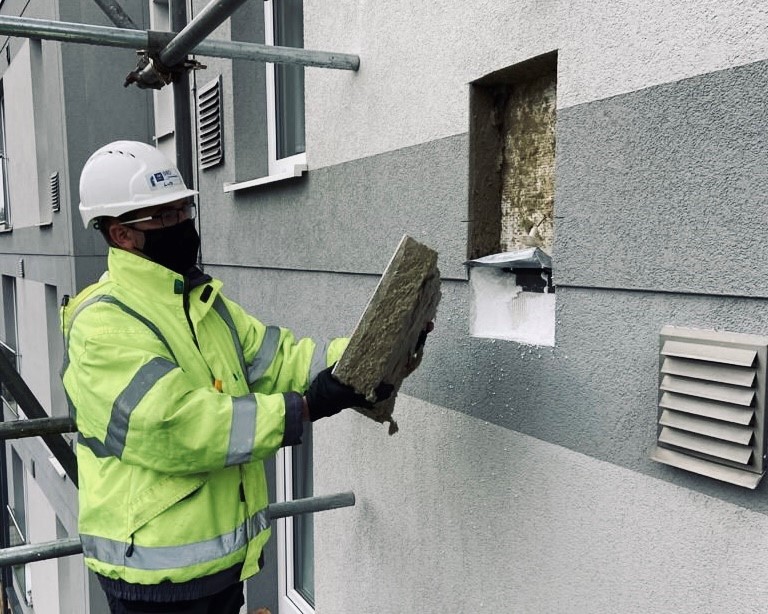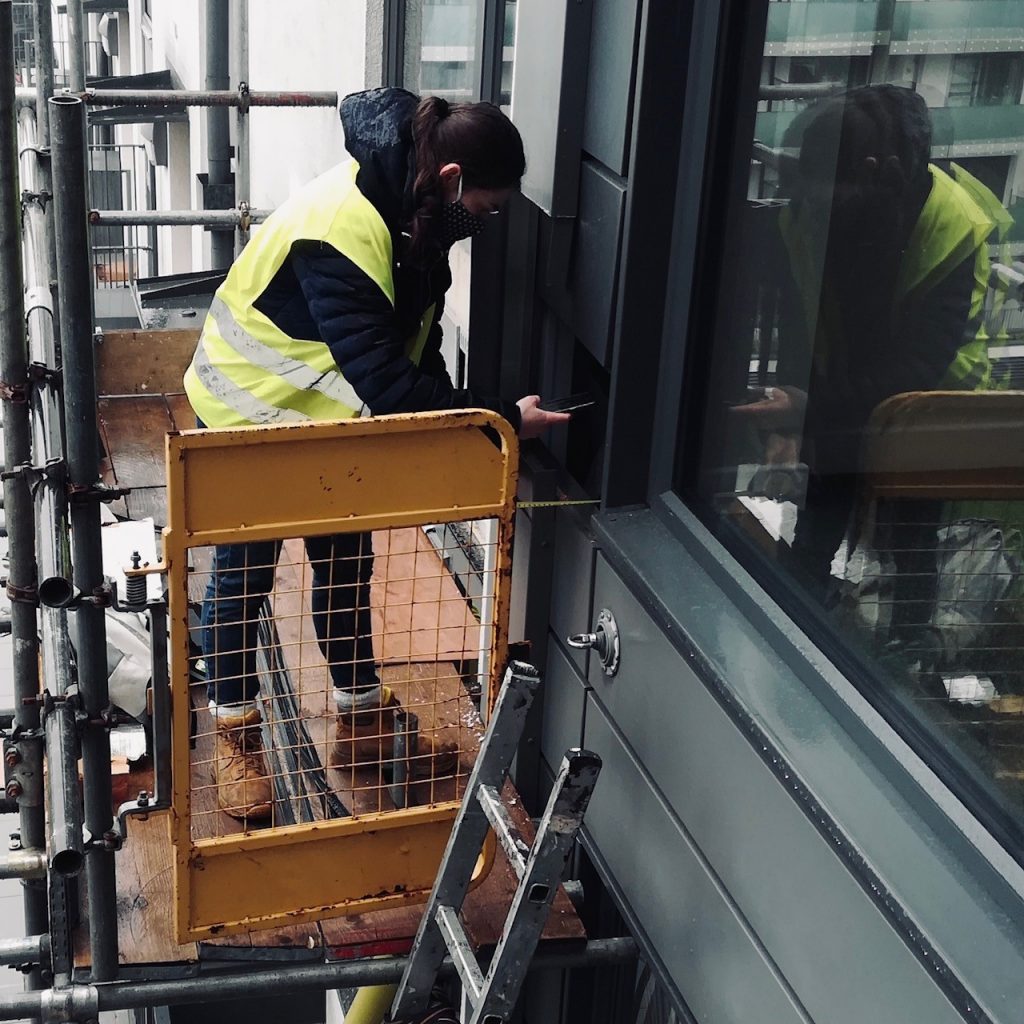External Wall – Advice Note 2
Addressing the issue
Continuing our series of best practice advice notes looking at external wall inspection, we’ve put together a guidance note looking at how to procure a project once an issue has been found…

At John Rowan and Partners we’ve seen an increase in interest from clients wanting support with projects related to external wall cladding – both on refurbishments and maintenance, and new-build.
These are specialised areas, and ones where owners, landlords and leaseholders alike are understandably keen to ensure that any installations, inspections, repairs and maintenance are being conducted in line with all the relevant guidelines.
But how do you best go about setting up a project to not only investigate any issues, but also to take the right steps to address issues that might be discovered?
Our experience has shown that there’s a real need for a standardised approach to tackling and delivering such projects, and it’s this that has led us to produce our own well tried and tested process for cladding replacement and external wall remedial works. You can read more about this here.
Right first-time approach
Getting your approach to tendering and procurement right at the outset will save everyone a lot of headaches further down the line.
So, supposing you’ve found some issues with your asset that need addressing, what are the main elements you need to be factoring in to your response?
You, and any contractors whose services you procure, will need firstly to be mindful of the deadlines for submissions to the government’s Building Safety Fund. The deadlines are still evolving, with amendments to the deadlines already having been imposed twice.
You also need to be aware that there is now a much smaller pool of contractors available with the correct level of professional indemnity insurance (PII).
This combination of tight timescales and qualified contractor availability means it may not be easy to secure the services of the right people, within the project delivery deadlines.
At the same time, you will want the assurance that any contractors you use can demonstrate the right levels of quality assurance compliance, stage-by-stage evidence of materials used and how, and whether all the work has been carried out in accordance with both manufacturers’ guidelines and government standards.
If you have all these elements in place, there will be peace of mind not only for you, but also for owners, landlords/leaseholders and occupiers.

Utilise specialist advice
While there are still some contractors with the right PII levels, we’ve seen the appetite for this decreasing, and many are limited by lower PII. For this reason, we recommend that works of this nature are procured on a traditional basis, with full design information provided by specialist designers – such as architects, façade engineers and fire safety consultants – appointed directly by the client, rather than the design-and-build approach.
This route means you can avoid any ambiguity around design responsibility and keep within your own PII levels.
The contractor design led approach may still be appropriate for simpler projects of less than £1m, but experience suggests that you are likely to see reduced interest due to the risk profile. This could lead to insufficient tenders being received, which in turn will lead to project delays.
When it comes to tendering, we recommend that projects are let on a single stage competitive tender, in line, of course, with individual clients’ tendering protocols. This approach provides reassurance that the contract price reflects the current market value. It will also better facilitate submissions to the Building Safety Fund, as well as supporting parallel claims that clients may have with contractors or developers under the original contract.
At the start of this article I mentioned the important role played by quality assurance. We believe this is so important that all our tenders here at John Rowan and Partners include an appendix to address all the specifics that fall under quality assurance and developing The Golden Thread of information.
We believe it’s the only way to ensure that anyone who needs to know about the installation, materials, maintenance or other details can access the appropriate evidence trail at any time, whether during a project or after completion. If you have any questions or are looking to undertake an external wall inspection, then please feel free to get in touch and we can help guide you through the process.
If you have any questions about your building safety projects or would like to find out more information, please get in touch with either Gurpal Virdee or Calum Pearse.
Calum Pearse: cpearse@jrp.co.uk
Gurpal Virdee: gvirdee@jrp.co.uk
Next – from design to delivery. For more information on the key elements of project’s delivery, see our External Wall advice note 3…
